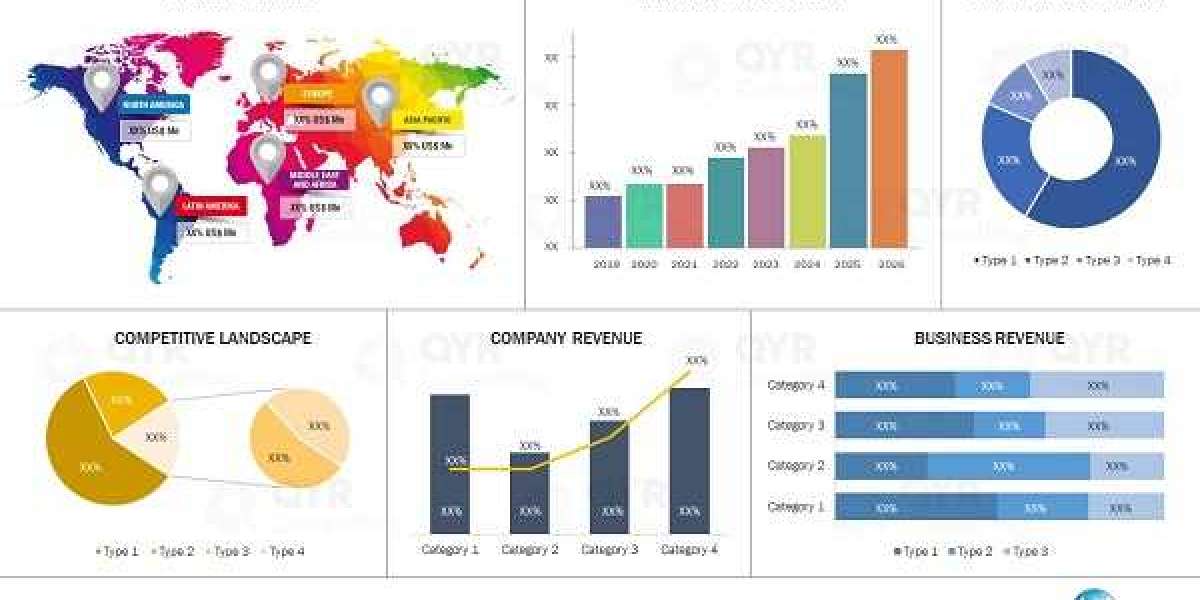The Breathalyzers Market was valued at USD 2.7 billion in 2023 and is poised to experience exceptional growth, expected to reach USD 10.9 billion by 2032. With a remarkable compound annual growth rate (CAGR) of 16.74% from 2024 to 2032, the market is driven by increasing concerns around impaired driving, advancements in technology, and growing demand from law enforcement and healthcare sectors.
Breathalyzers, devices designed to measure blood alcohol content (BAC) through a breath sample, are gaining significant traction worldwide. Their increasing adoption is largely due to rising awareness about impaired driving risks, government regulations, and improvements in product accuracy and portability. The global market for breathalyzers is expected to witness continued growth in the coming years, fueled by technological innovations, stricter regulations, and an increasing emphasis on public safety.
Get Free Sample Report on Breathalyzers Market
https://www.snsinsider.com/sample-request/1019
Market Drivers: Key Factors Contributing to Growth
The global Breathalyzers Market is being propelled by several key factors, including increased concerns about impaired driving, rising government regulations, and growing awareness about alcohol consumption risks. Among the most significant factors driving market growth is the heightened focus on road safety, with a surge in government campaigns aimed at reducing alcohol-related accidents and fatalities.
Governments worldwide are increasingly enforcing strict laws around drinking and driving, which has amplified the need for accurate and portable breathalyzers. The introduction of new regulations, including mandatory BAC testing at roadblocks and in vehicles, has significantly contributed to the market’s expansion. In many countries, law enforcement agencies are adopting breathalyzer technology for roadside testing, further boosting demand.
Technological advancements in breathalyzer design are another key factor fueling market growth. Early breathalyzers were large, cumbersome devices with limited accuracy, but modern devices have become much more compact, affordable, and precise. Innovations in semiconductor sensors, fuel cell technology, and electrochemical sensors have vastly improved the efficiency, accuracy, and reliability of these devices. Additionally, the emergence of smartphone-compatible breathalyzers, which enable users to measure their BAC levels through mobile apps, has opened up new market opportunities, particularly in personal use and commercial applications.
Rising Demand from Law Enforcement and Healthcare Sectors
Law enforcement agencies have long been the primary adopters of breathalyzer technology, but the market is now seeing significant adoption in other sectors, including healthcare and personal safety. Hospitals and clinics are increasingly using breathalyzers for rapid and non-invasive alcohol testing as part of routine medical procedures. The growing use of breathalyzers in rehabilitation centers and addiction recovery programs is also contributing to the market’s expansion.
Make Enquiry about Breathalyzers Market https://www.snsinsider.com/enquiry/1019
In addition, the personal use segment is growing rapidly, particularly with the introduction of compact and portable breathalyzers that can easily be carried in a pocket or bag. This development allows individuals to monitor their BAC levels before driving or engaging in any other activities that may require alertness and coordination. The rising number of alcohol consumers, coupled with an increased focus on personal responsibility and safety, is expected to further propel this demand.
Regional Insights: North America Leads, Asia-Pacific on the Rise
North America currently dominates the breathalyzers market, driven by strict governmental regulations regarding impaired driving and the high adoption of breathalyzer devices by law enforcement. In the United States, for example, random DUI (Driving Under the Influence) checks and mandatory alcohol testing are commonplace, which directly impacts the market growth. As public awareness continues to rise and stringent laws are enforced, the demand for breathalyzers will continue to be robust.
Europe follows closely behind, with countries such as the United Kingdom, Germany, and France implementing strong regulations around impaired driving. Europe is also seeing a growing trend of using breathalyzers in healthcare settings, contributing to the regional market’s expansion.
The Asia-Pacific region is expected to experience the highest growth rate in the breathalyzers market during the forecast period. This growth is driven by increasing urbanization, rising disposable income, and a growing focus on road safety. Countries such as China, India, and Japan are investing heavily in infrastructure improvements and enforcement of stricter drinking and driving laws. Furthermore, the rise in alcohol consumption across the region, combined with increasing awareness about the dangers of impaired driving, is expected to drive demand for breathalyzers in both public and private sectors.
Competitive Landscape: Leading Market Players
The breathalyzers market is competitive, with numerous companies offering a wide range of products catering to both personal and professional users. Key players in the market include:
- Drägerwerk AG Co. KGaA
- AlcoPro, Inc.
- Lifeloc Technologies, Inc.
- Intoximeters, Inc.
- BACtrack
- PST, Inc.
- Quest Technologies
- Andatech
- CIRCONTROL S.A.
- MPD, Inc.
These companies are focused on developing technologically advanced and accurate breathalyzers, with many also expanding their product portfolios to include disposable and single-use devices. Strategic collaborations, partnerships, and acquisitions are also common in the market as companies seek to enhance their technological capabilities and expand their market share.
For instance, BACtrack, a prominent player in the personal breathalyzer market, has developed a range of smartphone-connected breathalyzers that provide users with real-time BAC readings and allow for easy sharing of results. Companies are increasingly investing in RD to improve the accuracy, portability, and user experience of their products.
Challenges Facing the Market
While the breathalyzers market is poised for significant growth, there are several challenges that could hinder its expansion. One major challenge is the potential for inaccurate readings, which could arise due to various factors, such as improper calibration, environmental conditions, or user error. Although significant advancements in technology have been made to improve accuracy, ongoing concerns over reliability remain a challenge.
Another issue is the cost of professional-grade breathalyzers, which may limit adoption in low-income regions or among smaller law enforcement agencies. Despite the drop in prices for personal-use devices, cost remains an important factor when purchasing more advanced, commercial-grade models.
Future Outlook: Accelerated Innovation and Market Expansion
Looking forward, the breathalyzers market is set for continued growth, supported by the rising emphasis on public safety, government regulations, and advancements in technology. Innovations in sensors, mobile connectivity, and compact designs will drive further adoption across both professional and personal use segments.
As awareness about alcohol-related accidents continues to grow, and as enforcement of impaired driving laws becomes stricter, the demand for breathalyzers is expected to surge. Additionally, the increasing integration of breathalyzer technology into smartphones and other portable devices will open up new markets and create additional revenue streams for companies operating in the space.
In conclusion, the breathalyzers market, valued at USD 2.7 billion in 2023, is projected to expand at an impressive CAGR of 16.74% from 2024 to 2032, reaching USD 10.9 billion by 2032. With technological advancements, increased government regulations, and growing demand from law enforcement and healthcare sectors, the future looks bright for the breathalyzers market. The next decade promises significant innovations, expanded product offerings, and a deeper penetration into global markets.
About US:
SNS Insider is one of the leading market research and consulting agencies that dominates the market research industry globally. Our company's aim is to give clients the knowledge they require in order to function in changing circumstances. In order to give you current, accurate market data, consumer insights, and opinions so that you can make decisions with confidence, we employ a variety of techniques, including surveys, video talks, and focus groups around the world.
Contact Us:
Jagney Dave - Vice President of Client Engagement
Phone: +1-315 636 4242 (US) | +44- 20 3290 5010 (UK)











